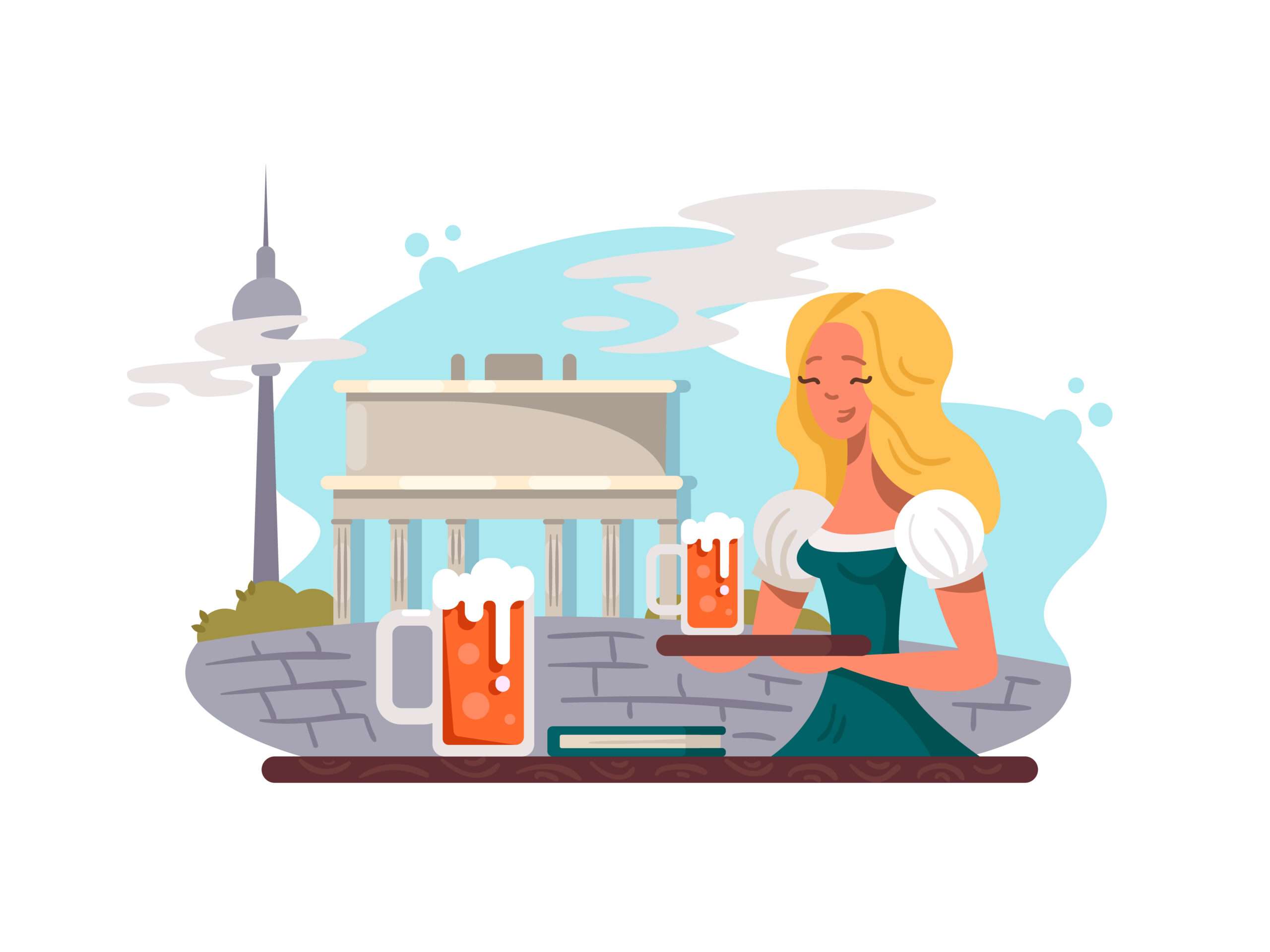Welcome to the flavorful world of German beer, where a rich tapestry of brewing traditions awaits. Germany’s beer culture is renowned worldwide for its diversity, craftsmanship, and centuries-old heritage. From crisp Pilsners to robust Dunkels, each beer offers a unique taste of tradition and craftsmanship. Join us as we embark on a journey through the diverse range of brews that have shaped Germany’s beer scene and captivated drinkers around the globe.
Pilsner:
First up is the classic Pilsner, a beer style that needs no introduction. Originating in the city of Pilsen, Czech Republic, in the 19th century, Pilsner quickly became one of the most popular beer styles in the world. In Germany, Pilsners are particularly popular in the northern regions, such as Hamburg and Bremen, where locals enjoy the crisp and refreshing taste of this golden lager.
Weissbier (Wheat Beer):
Next on our tour is Weissbier, also known as wheat beer—a beloved Bavarian specialty that has captured the hearts of beer enthusiasts worldwide. Bavaria, especially the cities of Munich and Bamberg, is where Weissbier is most commonly consumed. Whether enjoyed in a traditional beer garden or a cozy tavern, Weissbier is a staple in Bavarian beer culture.
Helles:
Moving on to Helles, a classic Bavarian lager that’s as smooth as it is satisfying. Originating from Munich in the late 19th century, Helles is particularly popular in southern Germany, especially in Bavaria and the surrounding regions. Cities like Munich and Augsburg are known for their love of Helles, which pairs perfectly with the region’s hearty cuisine and vibrant beer culture.
Dunkel:
For those craving a richer and more robust beer experience, Dunkel offers a delicious alternative. Originating from Bavaria, Dunkel is particularly popular in the southern regions of Germany, where locals appreciate its deep caramel flavors and malty sweetness. Cities like Munich, Nuremberg, and Regensburg are known for their Dunkel-loving culture, with numerous breweries and beer halls serving up this traditional brew.
Kölsch:
Last but certainly not least, we have Kölsch, a light and crisp ale that hails from the city of Cologne. Kölsch is most commonly consumed in and around Cologne, where it holds a special place in the city’s beer culture. Locals and visitors alike enjoy Kölsch in the city’s historic breweries and traditional beer halls, where it’s served in small glasses called “Stange” and enjoyed fresh and cold.
Conclusion:
In conclusion, Germany’s beer diversity is a testament to the country’s rich brewing heritage and cultural significance. From the crisp bitterness of Pilsners in the north to the malty richness of Dunkels in the south, each beer style has its own regional preferences and associations. So raise a glass, toast to tradition, and savor the flavors of Germany’s beloved brews. Prost!




